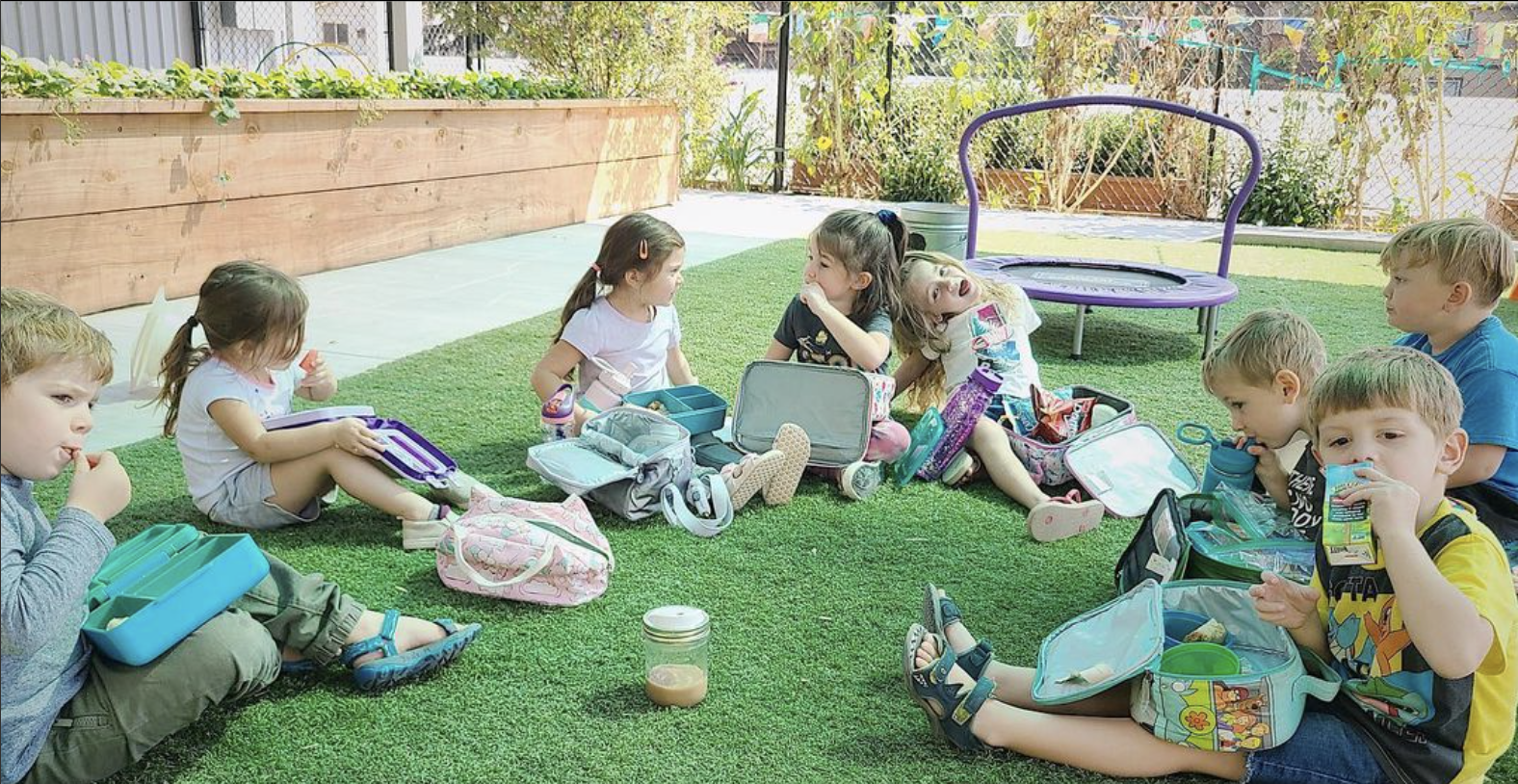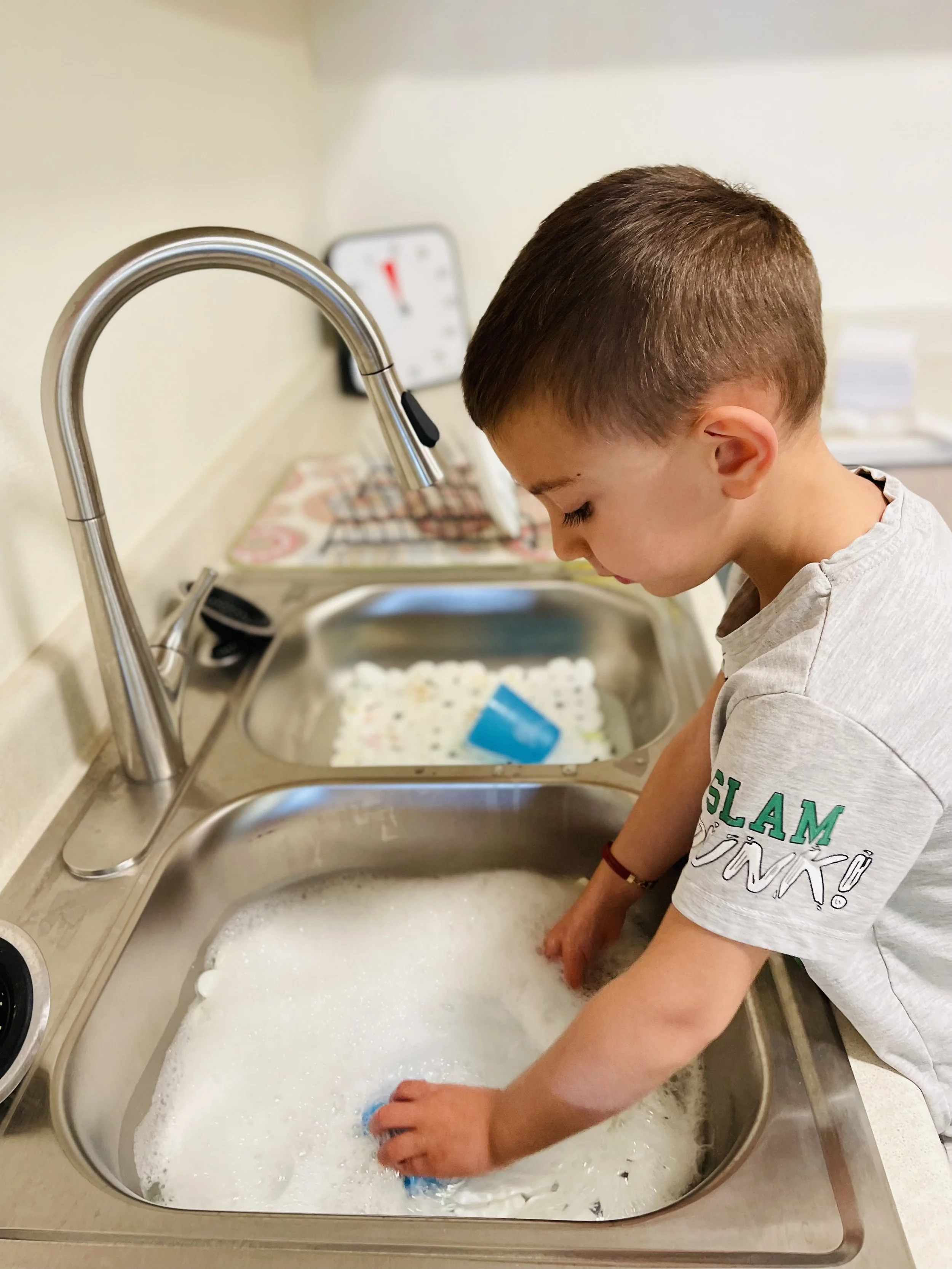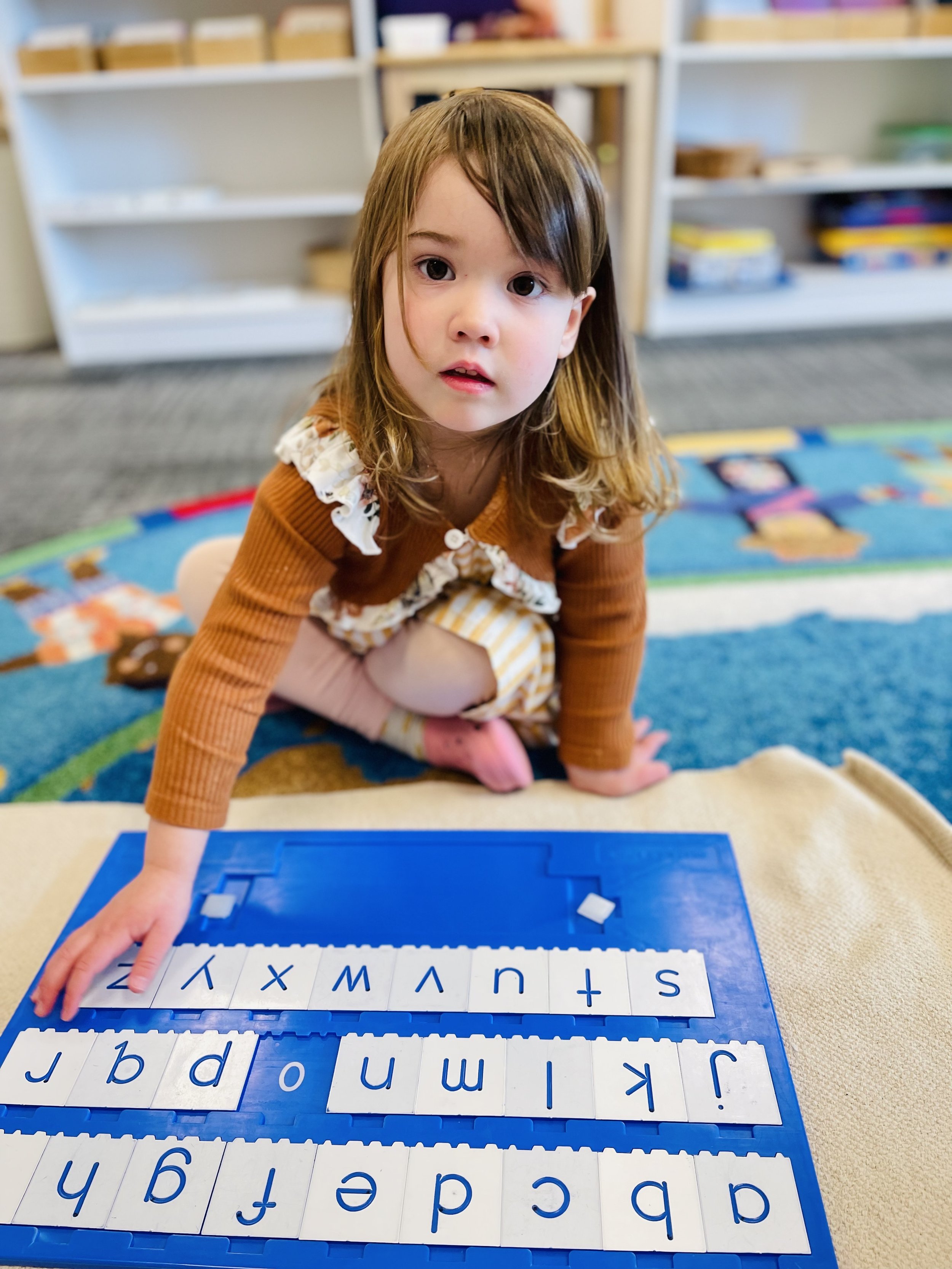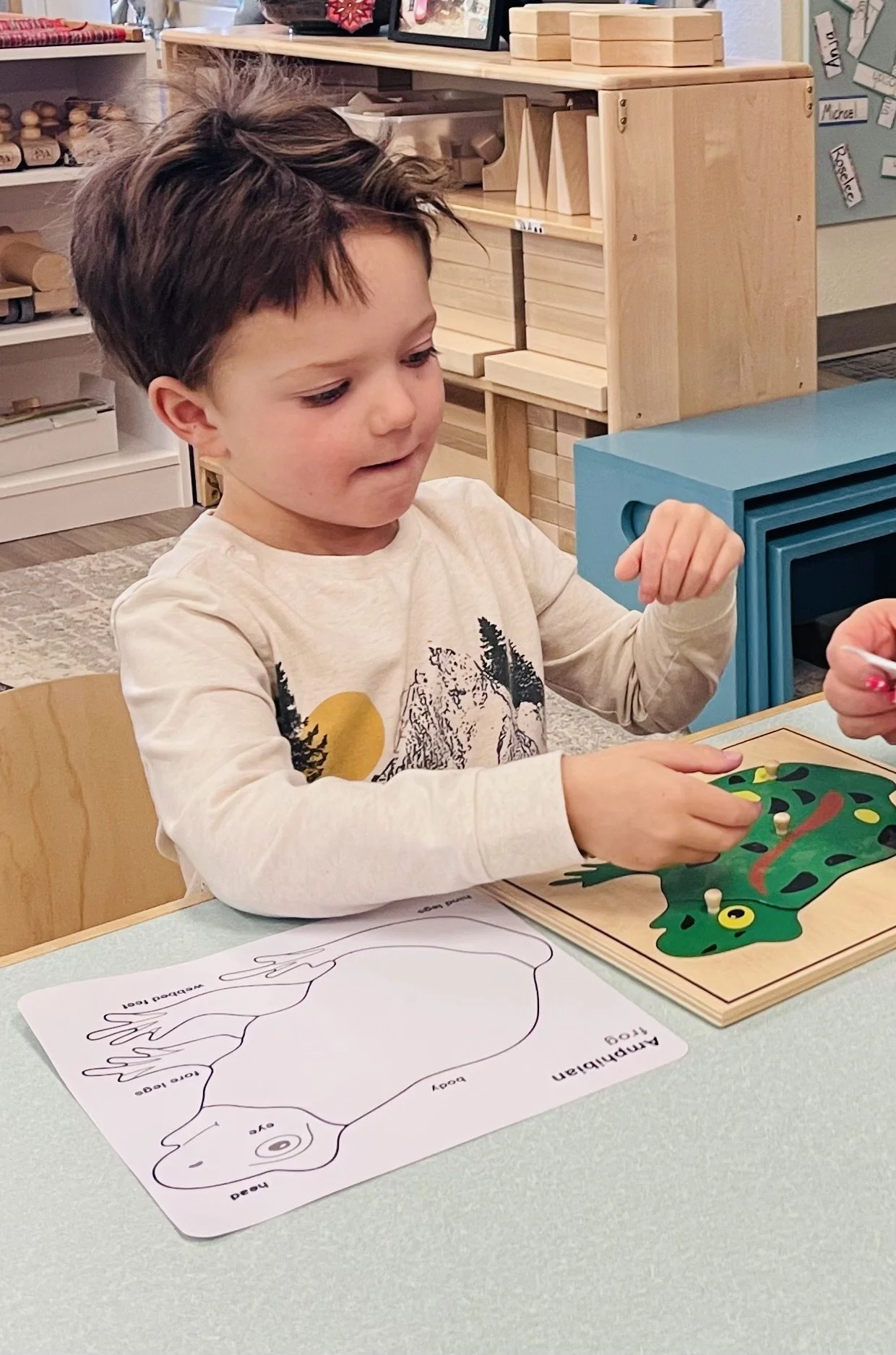About Kinder Kids Montessori
Founded in 2019 by Jolene Edwards, Kinder Kids Montessori brings the renowned Montessori Method to the Trinity Community, offering quality early childhood education.
Located along scenic Highway 3, our school provides a warm, inspiring environment with open, naturally lit classrooms and inviting outdoor play areas.
We offer three programs:
Infant Program (3 months - 18 months)
Toddler Program (18 months - 36 months)
Primary Program (3 - 6 years)
Classes run Monday to Friday, with half-day and full-day options to suit each family's needs.
Montessori Approach
At Kinder Kids Montessori, we believe that children learn best when they are free to explore, discover, and grow at their own pace.
Our approach is rooted in Dr. Maria Montessori’s philosophy, which emphasizes independence, hands-on learning, and respect for each child’s unique development.
Why the Montessori Method?
Montessori education is designed to foster self-motivation, critical thinking, and a lifelong love of learning. Instead of traditional teacher-led instruction, children engage with carefully prepared materials that encourage exploration and problem-solving. This approach helps them develop confidence, independence, and a deep understanding of concepts.
Key Elements of Our Montessori Approach
✔ Self-Directed Learning – Children choose their own activities within structured guidance, allowing them to develop independence, focus, and a sense of responsibility for their education.
✔ Mixed-Age Classrooms – Our multi-age classrooms (spanning three years) encourage peer learning. Younger children learn from older peers, while older students develop leadership and mentoring skills.
✔ Hands-On Experiences – Learning is interactive and sensory-based. Whether working with math manipulatives, language materials, or practical life activities, children engage deeply with their lessons, leading to better retention and understanding.
By creating an environment that nurtures curiosity and confidence, Kinder Kids Montessori empowers children to become independent, capable, and enthusiastic learners prepared for lifelong success.
A Teacher Who Guides, Not Directs
In Montessori education, the teacher is a guide, not a lecturer. They design the learning environment, observe students, and provide support while encouraging independence.
The prepared environment is carefully organized with child-sized furniture, structured materials, and engaging workspaces. Learning materials are arranged logically to promote exploration and self-directed learning.
Montessori teachers create meaningful learning opportunities and allow children uninterrupted work periods, fostering deep focus and engagement. They observe each child’s progress, provide individualized lessons, and track development through thoughtful assessment.
By guiding rather than directing, teachers help children build confidence, independence, and a love for learning.
The Montessori Classroom
Montessori is an educational method that begins with observation of the child. It utilizes concrete materials that are presented with precision and care. The lessons taught in Montessori education instill an appreciation and respect for the environment, community and a strong sense of self.
Montessori uses concrete materials that are presented with precision and care in five curricular areas of the classroom:











